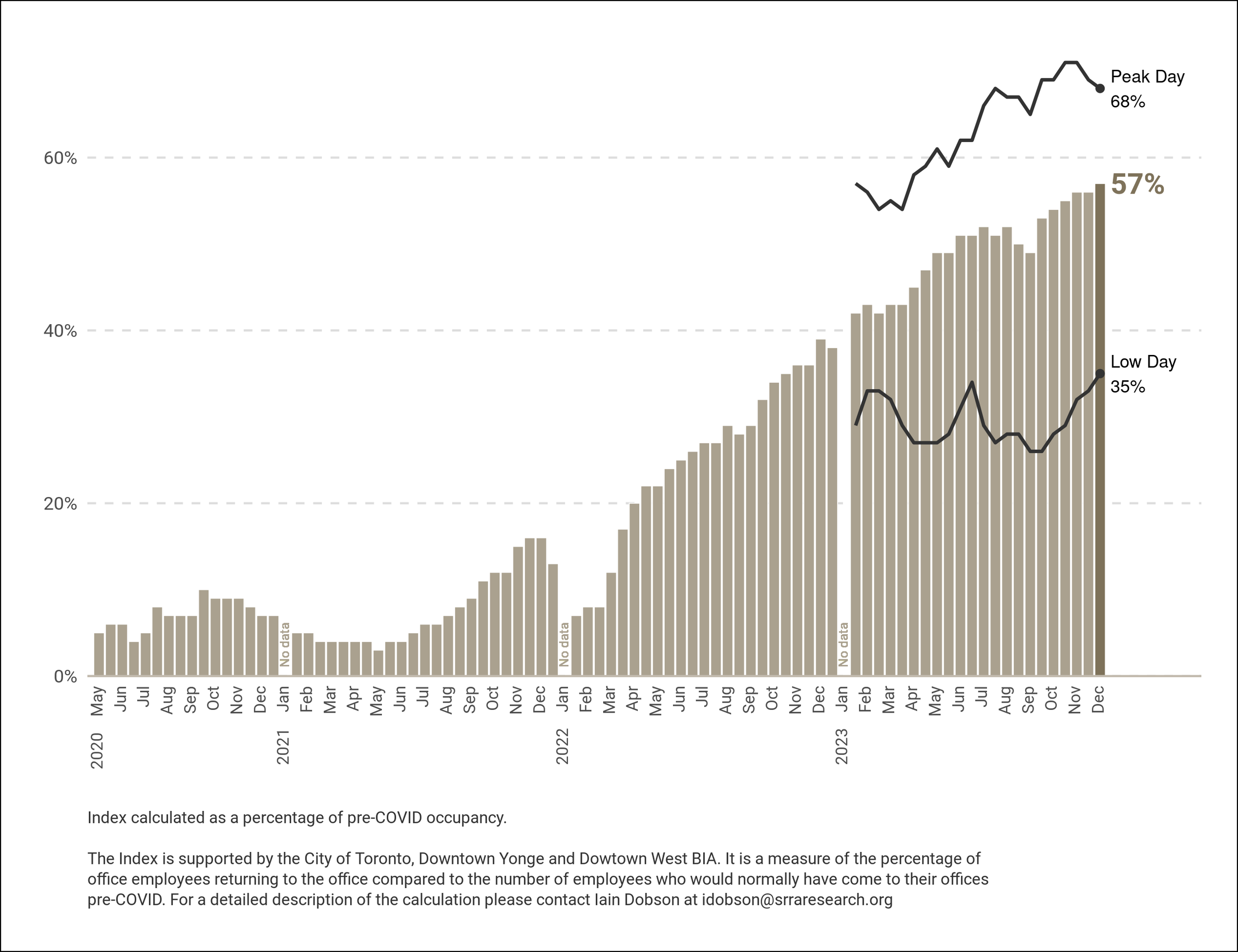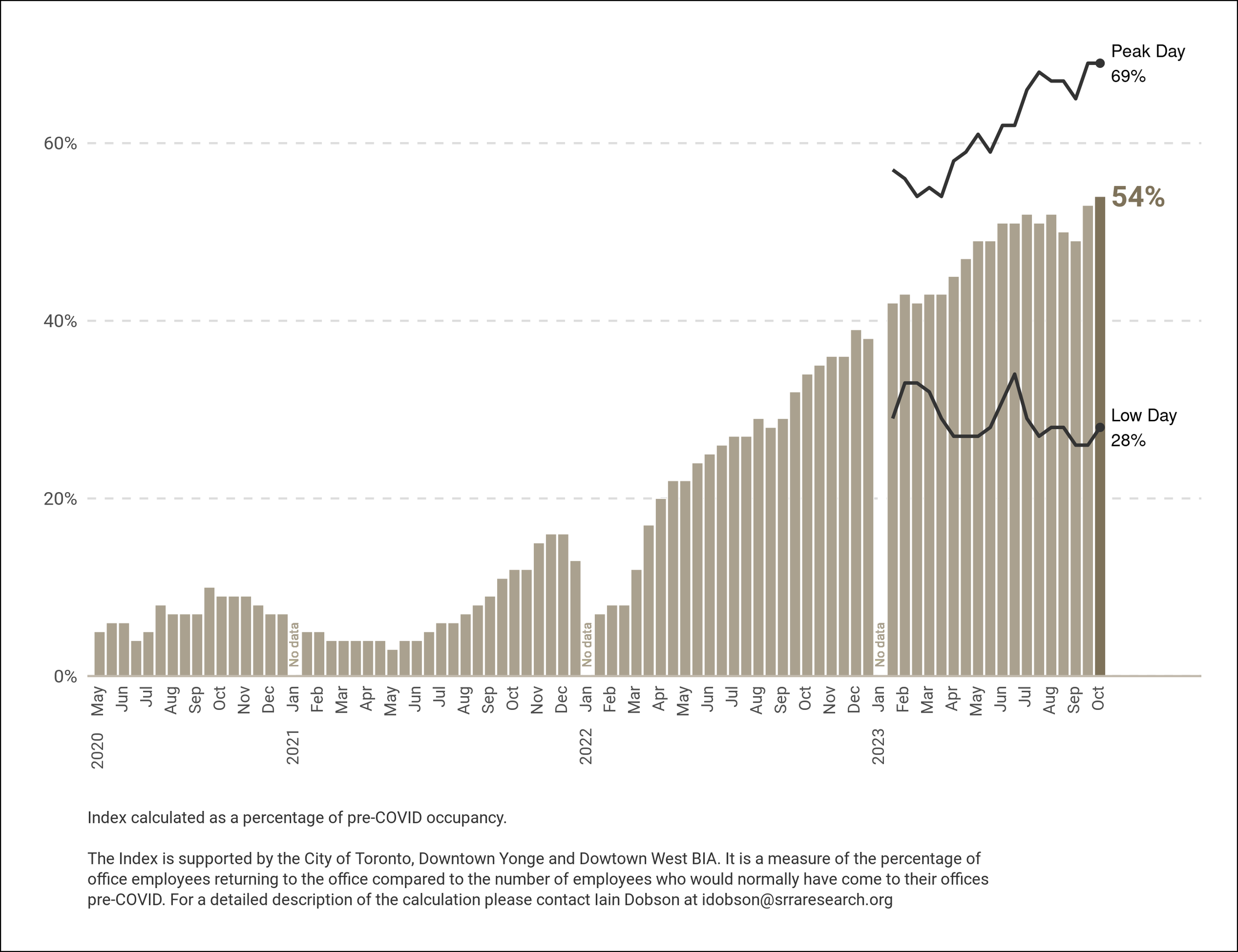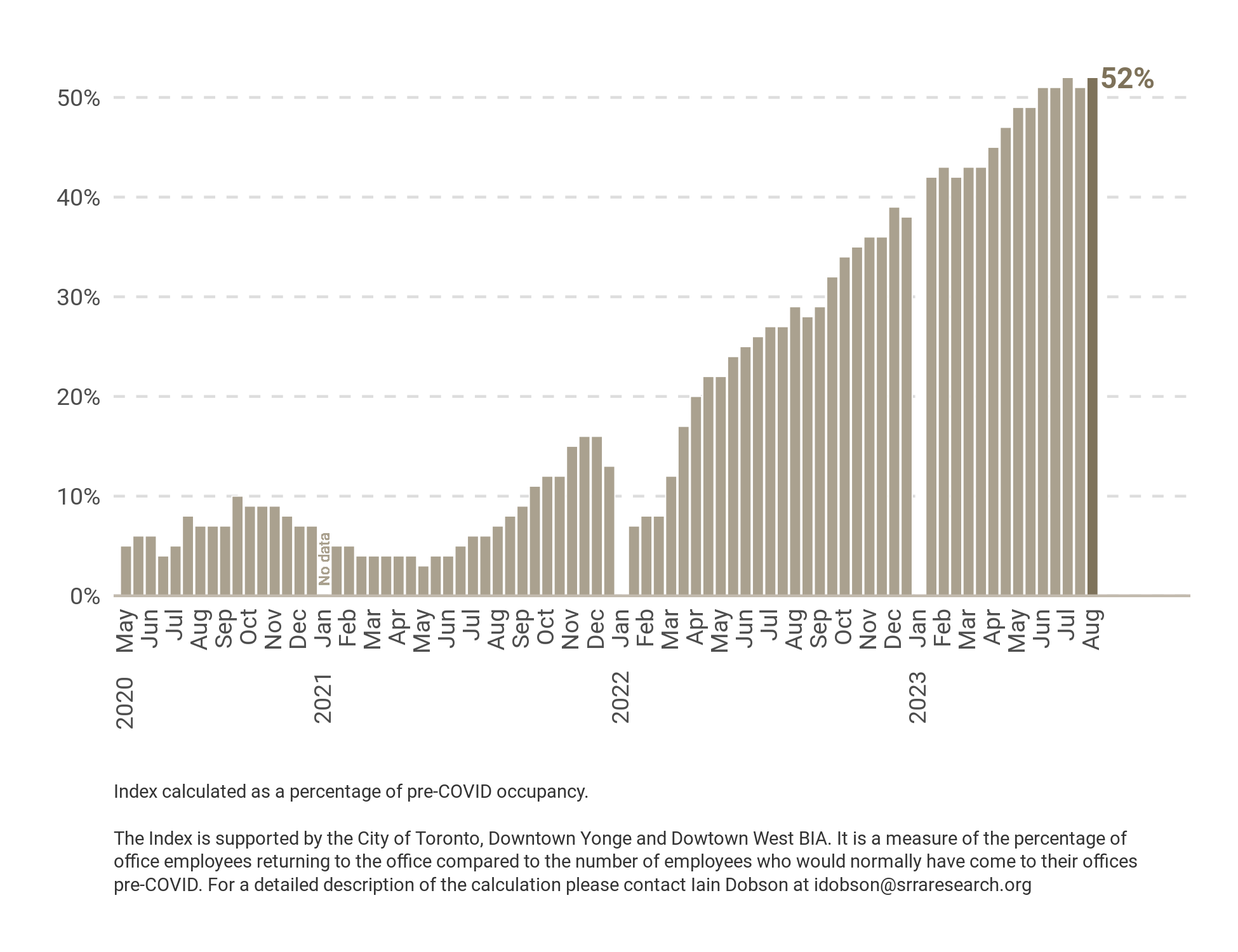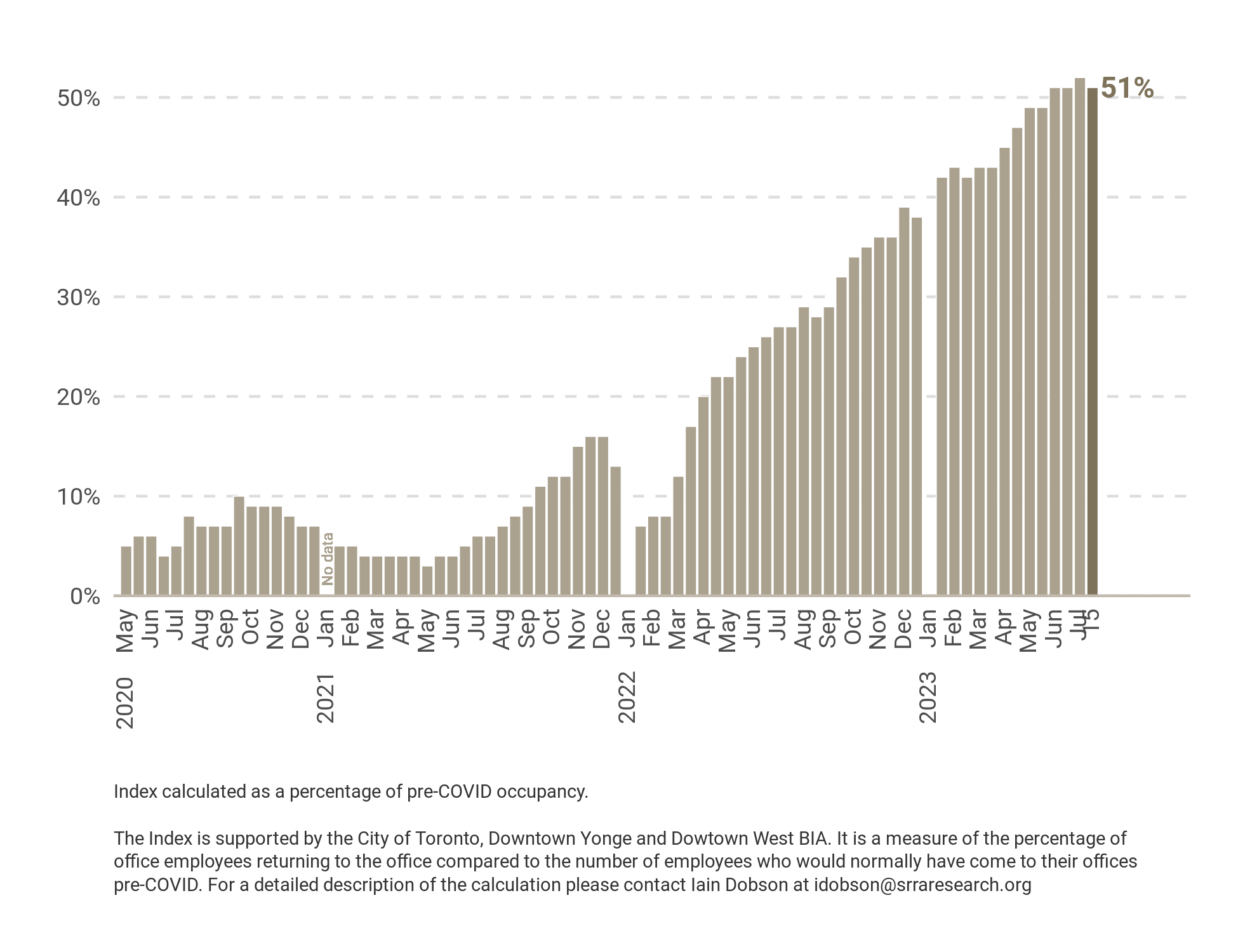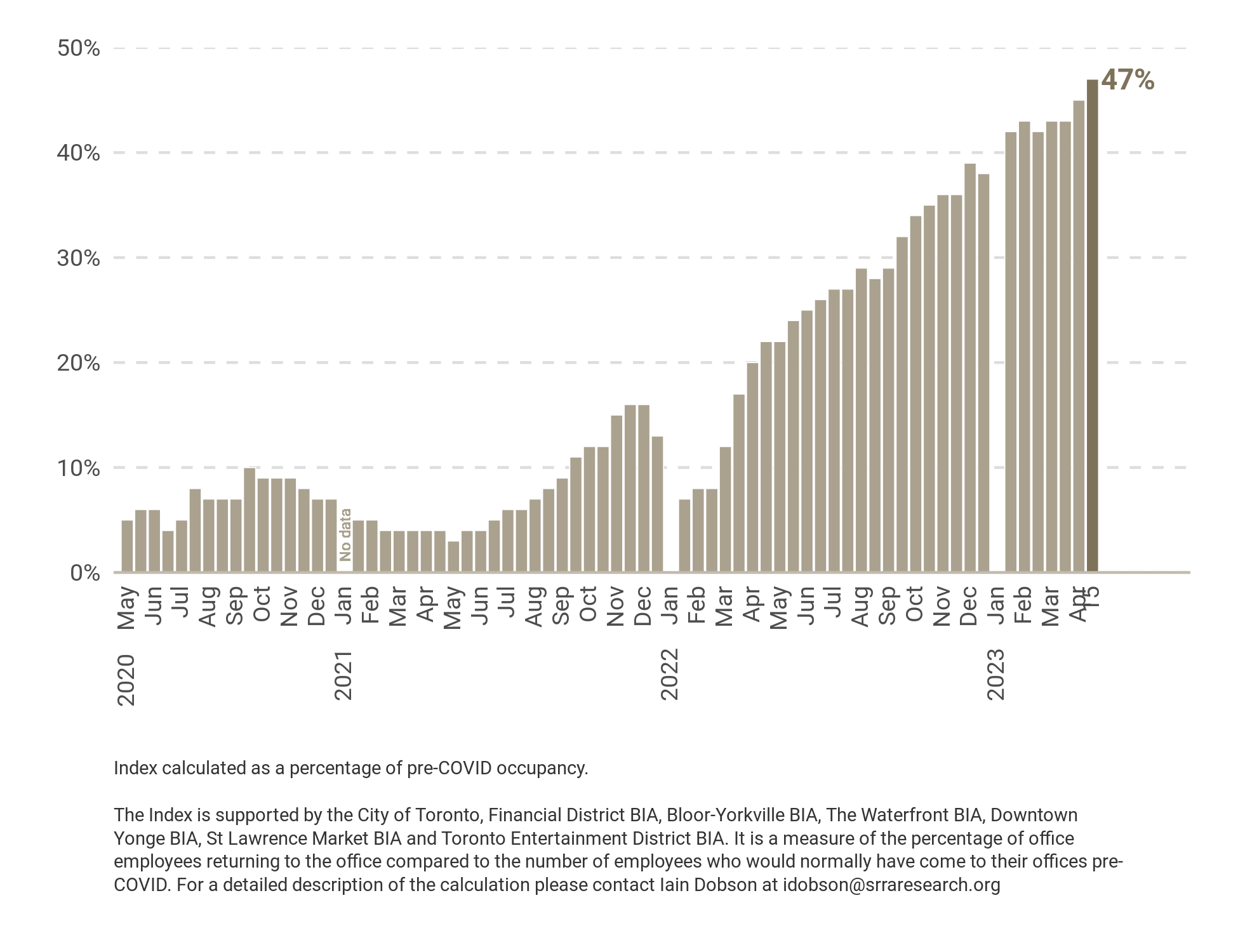Links to Articles of Interest
London’s Mayor and Other Leaders Urge Workers to Return to the Office
In what may be the clearest message yet from politicians anywhere to describe the economic fallout and devastating impact of WFH on a downtown economy, London’s mayor, Sadiq Khan, made an impassioned plea late September for “more workers to get back in the office to boost productivity, improve their well-being and get London firing on all cylinders.” Even though the mayor has not always seen eye to eye with the government, his argument was backed by the minister responsible for London, who led “calls for a switch away from working from home, warning a failure to do so may risk the capital losing jobs. Civil servants were also urged to return to Whitehall, with occupancy rates in some departments still just over 50 per cent.” He continued, “Whether it’s younger workers learning from their experienced elders or older hands picking up innovation and new thinking, people need human connection to keep on top of their professional development.” And just in case his message wasn’t sufficiently direct, the minister referenced the common practice of firms based in London to add a premium to salaries to cover higher living costs (“London weighting”). “Don’t be surprised if bosses start to review London weighting instead of paying it to people (working) at home in other parts of the country,” he explained. “Extending that logic, it risks jobs being moved offshore if attendance in the office is not required. So a short-term gain may risk jobs in London.”
Read Article Here
Return of Tourists to London Disguises Loss of Office Workers in the Core
For a former Londoner, the emotional rush from riding one of the world’s busiest underground networks never gets old. My recent visit there was no exception. Nothing compares to the anticipation of standing on the platform of one of the true ‘deep level tube’ lines (Piccadilly, Central, Bakerloo, Jubilee, Victoria line etc) waiting for a train to burst out of a compact 11’ 5” diameter tunnel, delivering an explosive shock of hot air. (The term ‘tube,’ which today applies to the entire underground, derives from the cast-iron or pre-cast concrete rings supporting a circular tube tunnel.) Another experience associated with the tube is the need for riders to manoeuvre around giant suitcases belonging to tourists, who comprise a significant percentage of all trips. TfL officials credit tourism with contributing to three to four million trips on the tube a day. Although overall ridership is now approximately 85% of pre-COVID levels, this percentage disguises the fact that fewer workers coming into the office, and those that do are doing so only in midweek. (Read Article Here)
And Even Newspaper Columnists Are Joining In…
Andrea Rossi is a multi-lingual, Swedish-born CEO of a major financial company in London whose corner office has one of the best views in ‘The City.’ “I get a bit frustrated because on Fridays the whole City is empty.” This complaint is expanded upon by this columnist writing in the Evening Standard, who complains “There is still a bewildering lack of urgency among employers regarding full time in-office working. Many companies still only expect their staff to come to work three days a week — usually Tuesday, Wednesday and Thursday — making a mockery of the working week.” He goes on, “While some banks like Goldman Sachs are encouraging their teams to work five days a week in the office, others are still rather timid. The threat of litigation still plays into this hesitancy, as does the idea that working from home can save a company money, and burnish their cool credentials.” Citing the Evening Standard’s location at Finsbury Square (near Liverpool Street), he acknowledges that midweek the area is buzzing. “From 7am to 8pm, the place is full of people rushing to work, rushing home, and rushing to pubs and bars to fortify themselves in between.” And then, in keeping with true understated British tabloid style, he concludes: “Remote working is killing London. It’s killing trade, killing commerce, and killing the city’s ability to properly get back to work.”
Read Article Here
WFH Established a Pattern that is Proving Hard to Break
Although the return of visitors is helping boost travel on the tube and buses in central London despite recent fare increases and frequent short strikes, the story on the three main rail networks serving the capital is even more troubling. Southeastern, Southwestern and GoViaThameslink report that WFH continues to affect travel patterns, generating some 22M fewer trips per month than before the pandemic. This has necessitated cuts in service levels, but because workers are choosing to go into the office Tuesday, Wednesday and Thursday, this causes severe overcrowding, which undercuts efforts to woo back commuters the rest of the week! “We see that pattern set now,” the Thameslink CEO says. “People established WFH in a way they never thought possible. We are not seeing that balance change.” For TfL executives, experience with the recently opened Elizabeth line, which offers speedy service through the City and to Canary Wharf, is more hopeful, with travel up by 5M over last year. An interesting impact of WFH is being tracked by the Advanced Travel Partnership, which represents travel agents. Employers are choosing to convene overnight conferences for workers who spend most of their time working remotely to provide much-needed facetime.
Read Article Here
Pershing Square CEO Makes a Pitch for a Remote Work Variant
Capital markets investor Pershing Square has brought back its employees five days a week in the office but with a caveat…during the summer months (July and August) workers can work from anywhere provided they are prepared to be summoned for an all-hands meeting if required.
Read Article Here
Respected Consultancy Offers Grim Assessment of Remote Working Impact
Hybrid work is here to stay. (Attendance 30% below previous norms). The ripple effects of hybrid work are substantial. (Population loss, high vacancy rates in downtown cores etc.) Office and Retail demand will remain subpar. But, Cities and buildings can adapt and thrive by taking hybrid approaches themselves. Priorities might include developing mixed-use neighbourhoods, constructing more adaptable buildings, and designing multiuse office and retail space.
Read Article Here
Controversial Kastle Data Suggests a ‘Bump’ in U.S. Office Attendance Post-Labour Day
Although there are some doubters regarding the Kastle methodology and range of buildings covered in its surveys, landlords will nevertheless be pleased to see a headline that suggests more workers are coming into the office. According to Kastle, the previously flat trend line is pointing up for the first time in months.
Read Article Here
Differences in Philosophy Point to Why Employers and Employees Can’t Agree on WFH
According to a new report from U.S.-based National Bureau of Economic Research (NBER), discussions about productivity continue to break down over two key points. The first is ‘when does the work day begin?’ When you sign on to Slack, or When you are at your desk? Should any work activity carried out during the commute count when calculating productivity? The second is that employees cannot come to grips with the challenges of managing a remote work force. Then there are disparities related to where you are in the food chain. Worth a read.
Read Article Here
Earnest Attempt to Present a Rational Perspective on WFH
As regular readers of this part of the OI are aware, relatively few articles about WFH (and its variants) offer balanced perspectives. This offering on the platform formerly known as Twitter by The Hill journalist Nick Bloom may be an exception to the rule. Here are his three conclusions following a scan of opinions on the topic. “1) Micro-economic studies: these find small positive impacts of hybrid WFH on productivity, and mixed impacts of fully-remote WFH (negative when it's badly managed, positive when its well-managed). 2) Macro data: this shows US productivity growth accelerated as levels of WFH have jumped, suggesting a positive impact 3) Market data: this reveals massive adoption of WFH by firms globally and mostly favorable feedback from managers, suggesting a positive impact.” (The article that follows this one presents an important twist on these conclusions.)
Read Article Here
Important to Segment Responses to WFH this Columnist Suggests
Without citing specific evidence, this writer (a ‘generations expert’) draws conclusions about WFH from interviews across a spectrum of companies that nevertheless make sense. It is millennials – the generation struggling to balance housing costs, childcare and the like – that are proving most resistant to a return to the office. Meanwhile, the performance of younger GenZ workers is coming under scrutiny as employers discover shortcomings and gaps in their skills at navigating corporate workplaces while working remotely. Companies are resorting to ‘re-onbording’ to try plug the gaps.
Read Article Here
Asia Tops Rate of Return to the Office, with U.S. (and Canada?) Bringing Up the Rear
While office occupancy in the Americas sits at 49% (SRRA data shows a similar average for downtown Toronto), Asia-Pacific office occupancy is 79%, slightly above Europe at 75%, according to data from real estate services firm Jones Lang LaSalle. It points to how US companies, perhaps more so than those in Asia or Europe, are embracing the freedom to choose what they think works for them. The most recent American Time Use Survey showed over a third of American employees worked from home on an average day in 2022.
Read Article Here
This Article Seems to be Deliberately Provoking a Quarrel…
Any opinion piece that includes Cape Breton, N.S., Bathurst, N.B., Prince Rupert, B.C., the Town of Blue Mountains and Timmins, ON., in a long list of more than 100 North American cities including New York, Chicago, Toronto and Montreal to make a dubious point about population and economic decline needs a reality check. But if you care to see what Waterbury, Ct., Youngstown, OH, and Paso, Tx. Look like these days, read on…
Read Article Here
“The Occupancy Index is supported by the City of Toronto, Downtown Yonge BIA, and Downtown West BIA. It is a measure of the percentage of office employees returning to the office compared to the number of employees who would normally have come to their offices pre-COVID. For a detailed description of the calculation please contact Iain Dobson at [email protected],”

